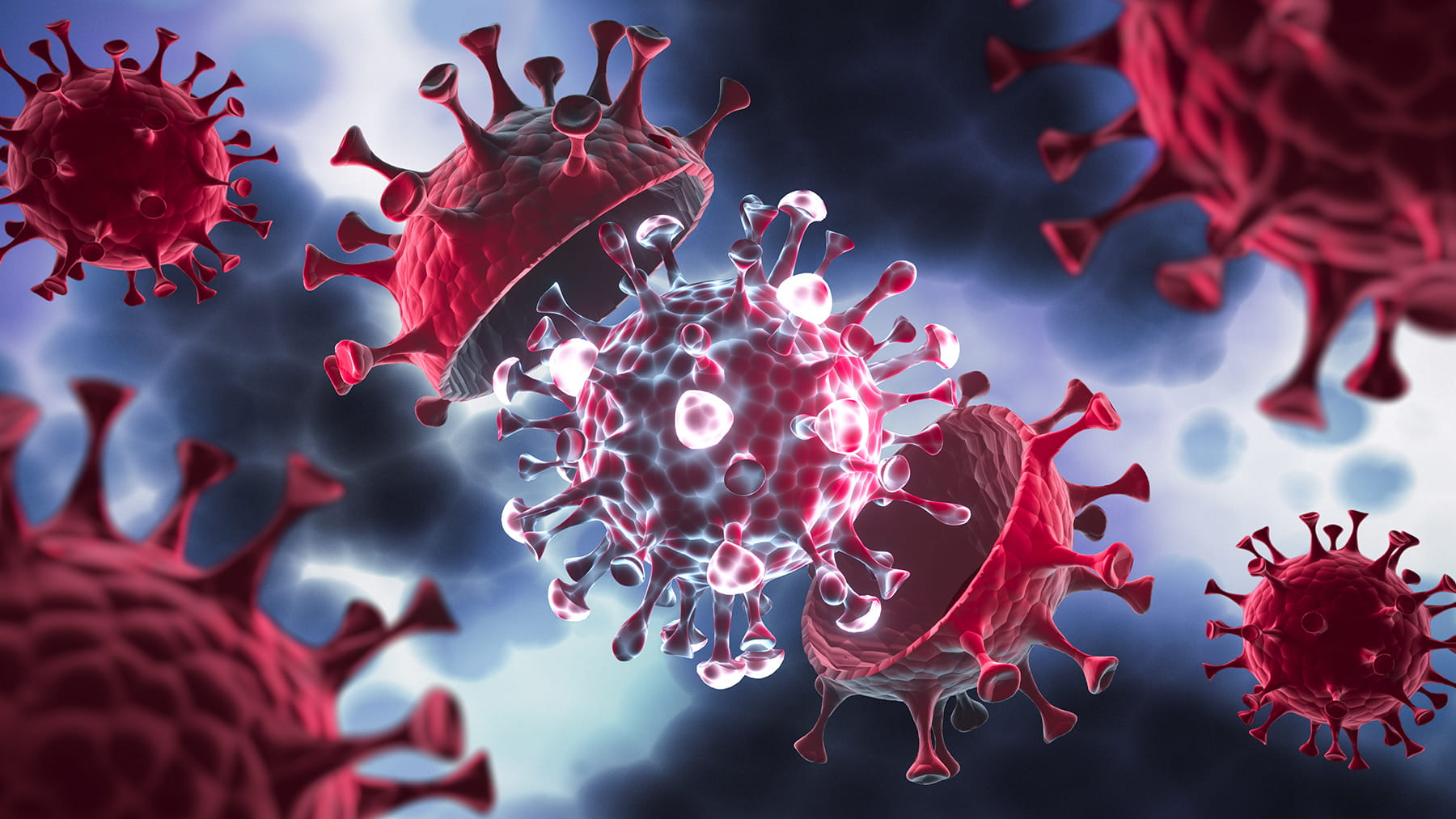How do virus mutations happen, and what do they mean?

Editor’s note: As what we know about COVID-19 evolves, so could the information in this story. Find our most recent COVID-19 blog posts here, and learn the latest in COVID-19 prevention at the Centers for Disease Control and Prevention.
As we see more new variants of SARS-CoV-2, the virus that causes COVID-19, more questions have emerged about how mutations happen to create these variants, and what we can do to control the COVID-19 pandemic as this virus evolves.
Are virus mutations normal?
Mutation is part of being a virus. Viruses mutate to adapt to their surroundings and more effectively move from host to host. Mutations can cause viruses to better evade our immune systems, treatments and vaccines. A mutation can help the virus gain traits that better help it reproduce quickly or adhere better to the surface of human cells.
Are viral mutations always a bad thing?
Sometimes, viruses can evolve or mutate so quickly that it doesn’t help them develop traits that are advantageous to transmission. It’s why we sometimes see a virus mutation that seems to emerge and then die off.
However, viral mutations can be dangerous, especially if they become much better at evading the defenses of our immune systems, or if they can overcome the treatments or vaccines available to us. We used to have more options available to treat influenza, for example, but as the flu virus has mutated, it began to evade those treatments. Now, we have limited therapies that are effective for treating an infection. It’s why we always encourage patients to get their flu shots to prevent infection in the first place and avoid creating a scenario where more mutation could occur. That said, each year the flu presents new variants that our current vaccinations weren’t developed for. That’s how you can get a flu vaccine and still get the flu.
How do we identify new variants?
New variants are discovered through something called genomic sequencing. Researchers take COVID-19 PCR test samples and “sequence” the genome of the virus in a process that looks more deeply into that sample than the typical PCR test does.
This happens all over the world, but here at Ohio State, scientists have been sequencing SARS-CoV-2 virus genomes since March 2020. It helps us monitor how COVID-19 is evolving and determine whether new variants are more transmissible or infectious than older variants.
Are we going to see new COVID-19 variants forever?
It’s hard to predict when or for how long we’ll see new variants of SARS-CoV-2.
What is important to stop COVID-19 from spreading is doing our part in getting vaccinated and boosted when eligible, and wearing masks in crowded areas where community spread of COVID-19 is more likely. Populations with low vaccination rates provide viruses with an opportunity to enhance its ability to infect others.
What can we do to control the pandemic when variants emerge?
Everyone should get vaccinated and boosted when eligible, and wear a mask. The majority of patients hospitalized with COVID-19 are unvaccinated. Mutations are more likely to occur when COVID-19 is allowed to replicate, and one way to stop the spread and replication of COVID-19 is to get vaccinated.
Mohammad Mahdee Sobhanie is an infectious diseases specialist and medical director of the Outpatient Parenteral Antibiotic Therapy Program at The Ohio State University Wexner Medical Center. He’s also an assistant professor of Internal Medicine and program director of the Infectious Diseases Fellowship Program at The Ohio State University College of Medicine.